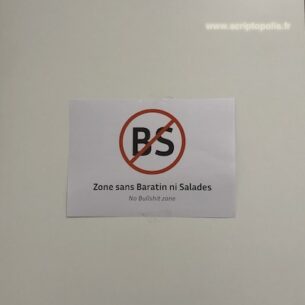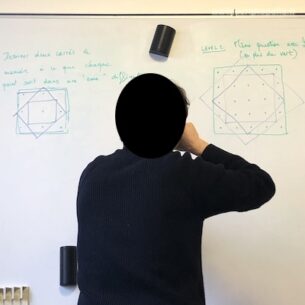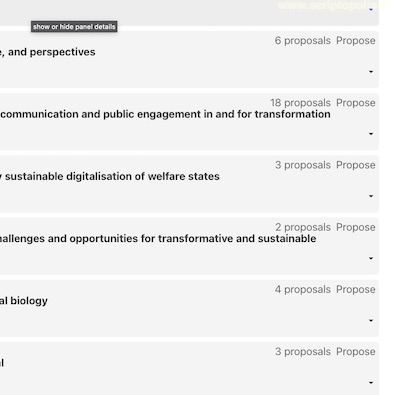Openness
Online, February 2024
In the past, the procedure for presenting papers at a conference was simple, but relatively opaque. Anyone could send a contribution to the organisers, which was either accepted or rejected. It was then allocated to a panel, without consulting the authors, at the risk of mixing the wheat with the chaff… and failing to attract the audience. Alternatively, a fully organised panel could be proposed, with 3 or 4 presentations and possibly discussants. The result would be greater coherence, but less surprise, since the authors involved would already know each other.
This latter procedure still exists, but has been rebranded as a “closed panel”, as opposed to “open panels”, where the proposers just introduce the theme. If it is accepted by the organisers, it is then made public with their names, a panel title and an explanation of the issues and expectations. This new form of publicity can lead to unexpected encounters with colleagues and the discovery of new work… but it can also fail to generate interest.
This year, for the first time, this advertising mechanism has been strengthened by the addition of a counter showing the number of communications proposed for each of the 397 sessions. This makes the market of ideas more transparent, with the risk of altering the matchmaking process: do you submit to an unsuccessful panel, with the risk that it will not be selected in the end, or to a panel that is already ‘too full’, with the risk of not being selected at all?
The deadline is today, the marketplace of ideas is about to close, will the numbers remain visible?







